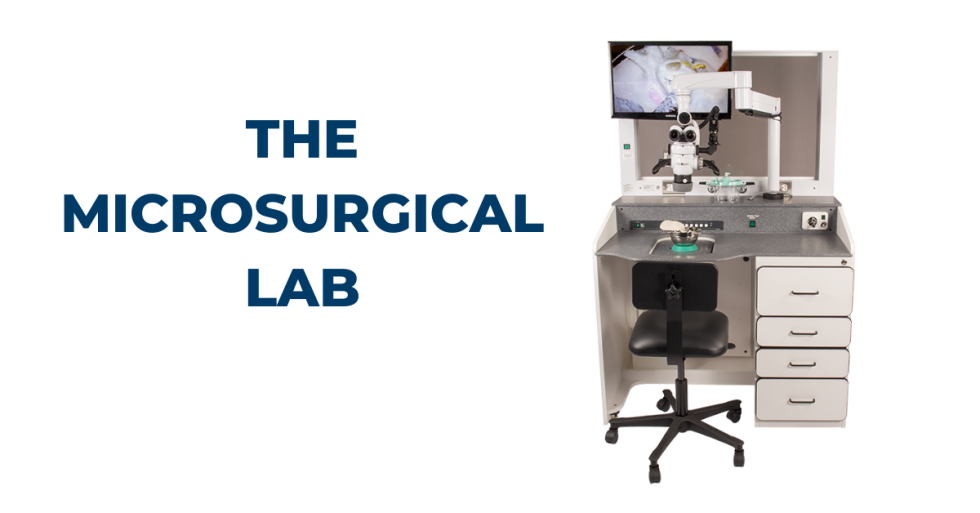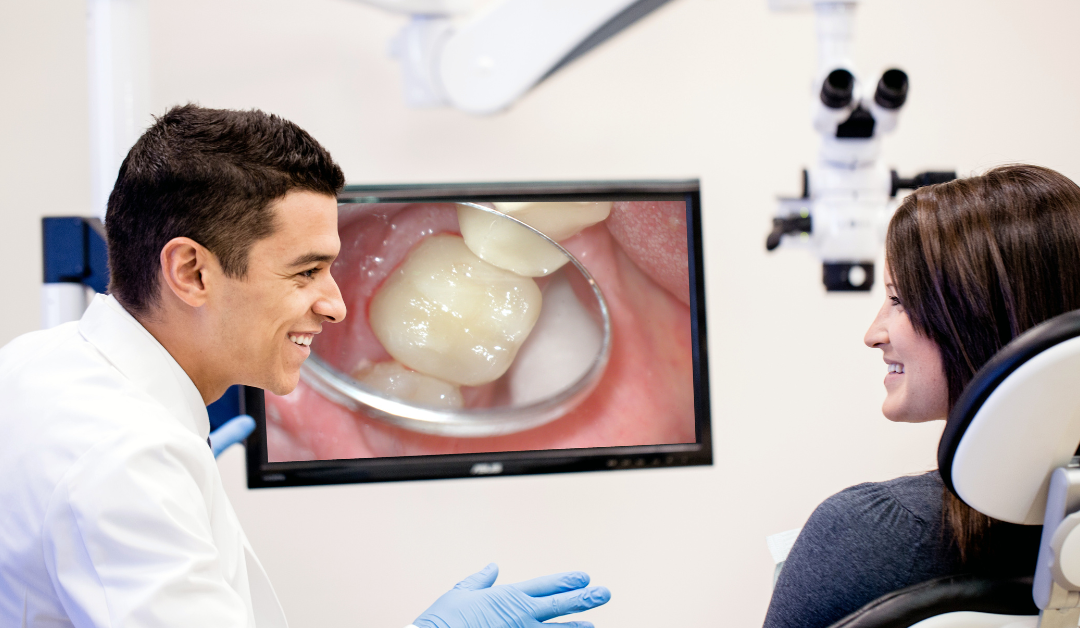Microsurgical Laboratories: Specialized Workstations for Research & Development

Many facilities and university programs across the globe are looking at microsurgical labs to aid in their training and research for a variety of surgical applications.
Today’s microsurgical lab is a customizable workstation that serves as both a training ground for medical professionals and a hub for research and development. These specialized facilities support a multitude of functions ranging from surgical training and device testing to groundbreaking research. By continually evolving and integrating newer technologies, microsurgical labs hold the promise of driving the next wave of innovations in healthcare, offering hope for better treatments and improved patient outcomes.
Today, we’ll review the functions and applications of a microsurgical lab, as well as the process for getting started.
What is a Microsurgical Lab?
A microsurgical lab is a specialized setting equipped with the cutting-edge technology and instruments required for microsurgery. It houses high-powered microscopes, ultra-fine surgical tools, and advanced imaging systems. The lab is typically a sterile environment, adhering to the highest standards of cleanliness and safety to facilitate both research and hands-on surgical training.
Key Functions of a Microsurgical Lab
Research and Development
Microsurgical labs are at the forefront of medical innovation, paving the way for new surgical techniques and technologies. Researchers in these labs delve into microsurgical anatomy, tissue regeneration, and transplantation methods. The findings often lead to improvements in existing procedures or the development of entirely new surgical approaches.
Educational Training
Medical students, surgical residents, and even experienced surgeons use the microsurgical lab as an educational platform. Simulation models and actual tissues can be used for hands-on practice, allowing medical professionals to hone their skills in a controlled environment. The lab also serves as an assessment center for evaluating surgical skills and competencies.
Surgical Procedures
While most actual surgeries take place in operating rooms, some microsurgical labs are equipped to conduct real surgical procedures for research purposes. These surgeries might involve vascular anastomosis, nerve repairs, or other intricate operations requiring the specialized equipment available in the lab.
Medical Device Testing
Manufacturers and medical professionals alike use the lab for testing new surgical instruments and devices. This environment allows for rigorous evaluation of the safety, efficacy, and utility of new tools, often under simulated or controlled conditions.
Applications Across Medical Specialties
Microsurgical labs find applications in numerous medical specialties:
- Reconstructive Surgery: For developing and practicing techniques like skin grafts and tissue flaps.
- Ophthalmology: Enabling delicate eye surgeries like retinal attachment.
- Neurosurgery: For operations involving the brain, spinal cord, and peripheral nerves.
- Otolaryngology: Involved in ear, nose, and throat surgeries, including cochlear implants.
- Orthopedic Surgery: Enabling intricate repairs of bones, ligaments, and tendons.
Designing a Custom Lab
Here at Global Surgical, we have worked with some of the world’s foremost medical institutions to build and install temporal bone, neurosurgical, dental, and multi-purpose microsurgical laboratories.
Designing and building a new lab can be a bit daunting. There are many aspects to consider beyond the room layout. When you start this process with us, we offer turnkey solutions and will ensure your project runs as smoothly as possible. We can even coordinate directly with Facilities Management to reduce your stress and the time involved for your staff.
Step 1: Design
We can design a layout that fits your requirements and budget. Our flexible workstations have infinite possibilities for customization. We can even retrofit our microscopes to your existing laboratory.
 Most plans typically include centralized vacuum air and water pressure in each station, although we also offer self-contained options. Each workstation can be equipped with your choice of microscope magnification levels.
Most plans typically include centralized vacuum air and water pressure in each station, although we also offer self-contained options. Each workstation can be equipped with your choice of microscope magnification levels.
We can help you take classroom collaboration to the next level with a video display system that fosters learning. Our displays can stream individual work or broadcast a single feed to the entire room. Instructors can also monitor students as they work from a teaching station.
Step 2: Build
After you are satisfied with your drawings, we will begin construction. The design team will communicate with you or your Facility Manager for the installation location of utilities. Then, the Quality Assurance team then checks each individual part to make sure it meets our high benchmark. The entire lab unit is then assembled in our facility to ensure all of the equipment functions correctly. Then we disassemble it and ship it to you.
Step 3: Install
 When the big day finally arrives our team will reassemble the laboratory, on-site, in your facility and perform a final equipment check. Installations are done in as little as 2-3 days. Then we train you, your staff, and/or Residents on how to operate and maintain your new workstations.
When the big day finally arrives our team will reassemble the laboratory, on-site, in your facility and perform a final equipment check. Installations are done in as little as 2-3 days. Then we train you, your staff, and/or Residents on how to operate and maintain your new workstations.
Step 4: Support
Questions, problems, things you want to talk about? Give us a call! 1-800-861-3610
There is a reason universities and hospitals worldwide choose to partner with Global Surgical. We have built a reputation for delivering high-quality products supported by superior customer service. Our microscopes are backed by a lifetime warranty* and we have a dedicated Technical Service department available to help when you need it most.
Ready to get your custom lab setup started? Reach the experts here at Global Surgical by calling us at 800-861-3585 or by clicking the button below. We can help you get a quote, timeline and anything else you need to get started.



